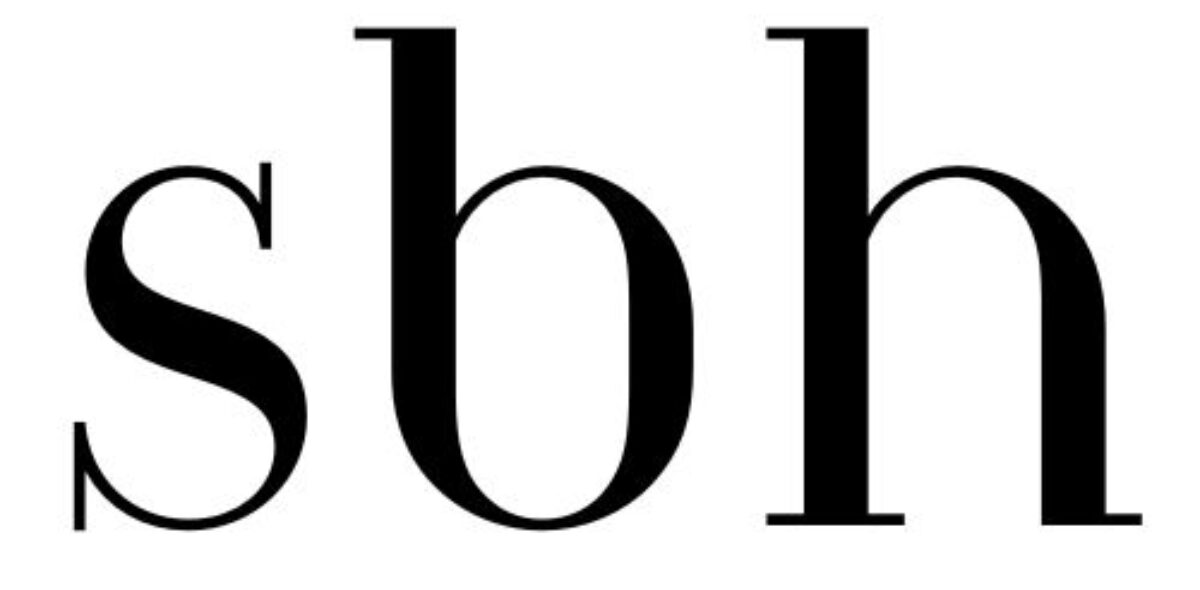Sole Proprietor: Simple and Straightforward
A sole proprietor (or sole trader) is the simplest business structure. It’s essentially when you trade as yourself. For example, imagine you’re a mechanic fixing people’s cars and getting paid for it. You’re running a business, but you don’t need to create a company name or structure. This setup requires minimal effort to start—you just notify SARS about your extra income, and you’re good to go.
However, there’s a catch: since you and the business are the same entity, your personal assets could be at risk if the business owes money. For example, if you buy expensive equipment on credit and the business fails, creditors can come after your personal belongings to recover their money.
If you want to trade under a different name—say you’re a graphic designer operating as “Creative Spark Designs”—you’ll need to register that name with the Companies and Intellectual Property Commission (CIPC) at www.cipc.co.za. This gives your business a more professional appearance, even as a sole trader.
When to register as a sole proprietor:
- If you’re running the business solo: Great for those working alone, especially without plans for major growth.
- For low-risk businesses: Perfect for ventures with minimal risks.
- On a tight budget: Ideal if you’re starting with very limited funds.
- If appearances aren’t critical: Go simple if you don’t need to look like a big, established business.
Advantages of a Sole Proprietorship
A sole proprietorship comes with some great perks, especially if you’re just starting out. First, it’s super easy to set up and run—there’s no complicated paperwork or processes to worry about.
As the owner, you have complete freedom to make all the decisions. Whether it’s about pricing, products, or how you run your day-to-day operations, the power is entirely in your hands.
There are also very few legal requirements to meet, which keeps things simple and stress-free. Plus, since you’re the sole owner, all the profits go directly to you—no need to share them with anyone else.
And if you ever decide to stop the business or move on to something new, it’s easy to wrap things up without too much hassle. It’s a straightforward, flexible option for entrepreneurs who want to keep things simple.
Disadvantages of a Sole Proprietorship
While a sole proprietorship has its benefits, it’s not without its challenges. One of the biggest drawbacks is unlimited liability. This means that as the owner, you’re personally responsible for all the debts of the business. If the business can’t pay its bills, creditors can come after not just your business assets but also your personal property, like your home or car.
Another downside is the limited ability to raise capital. The money you can invest in the business is restricted to what you can personally secure, whether that’s from savings, loans, or other sources. This can make it hard to grow your business when you need more funds, especially during tough times or if profits are low in the beginning. Many sole proprietorships fail because they simply don’t have enough capital to keep things running smoothly.
Lastly, there’s the issue of limited skills. As the sole owner, you’re wearing many hats—handling everything from marketing to bookkeeping to customer service. While you can hire employees or contractors to fill in skill gaps, it can still be overwhelming to manage everything on your own.
Despite these challenges, understanding these potential pitfalls can help you plan ahead and find ways to overcome them.
